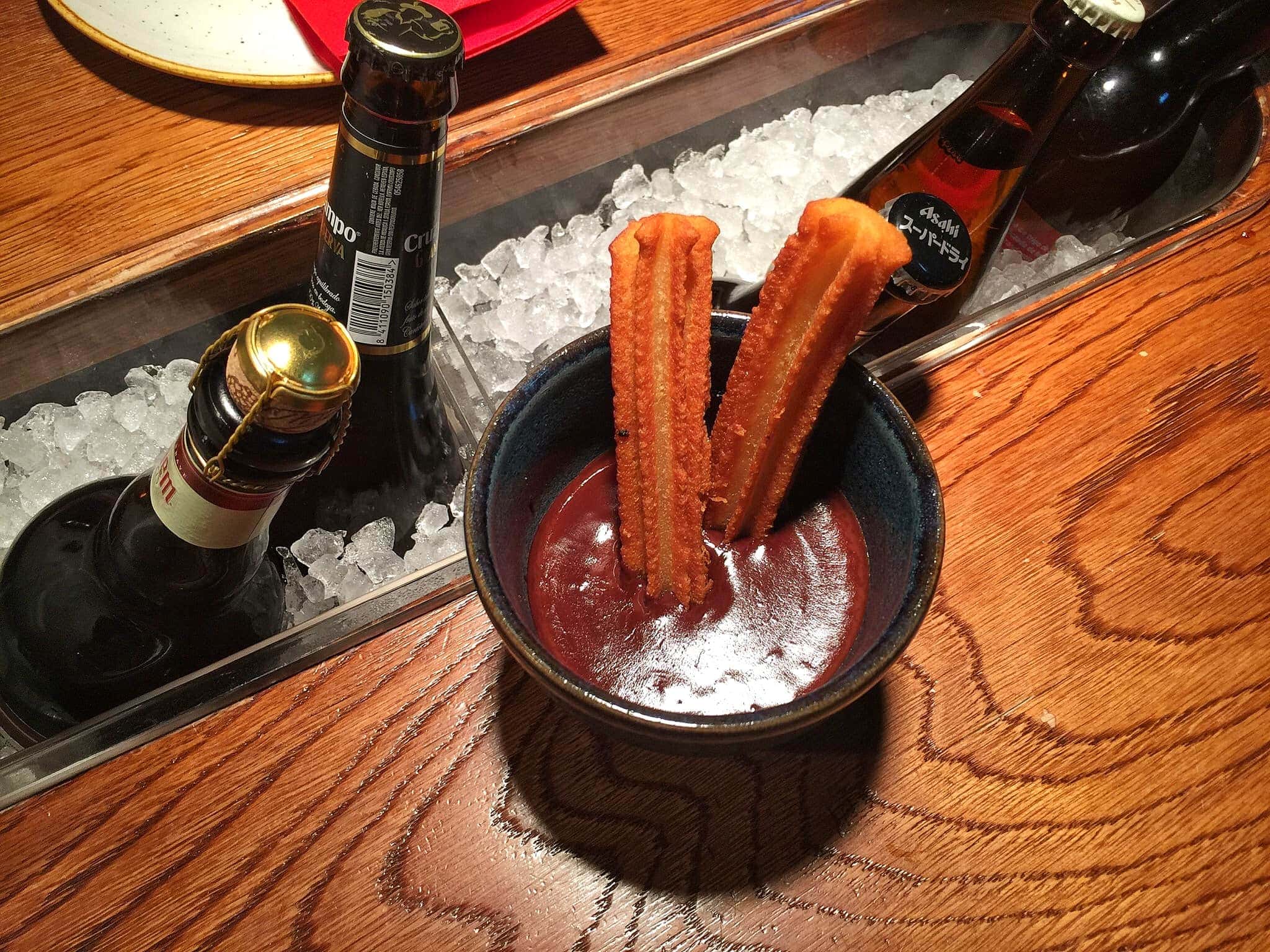
Originally posted February 21, 2023
When & Where in the World Did It Come From?
Churros are a treat loved all around the world. It is a must have when eating in Spain and Mexico. While its true origins are unknown, there are several possibilities for the true churros history.
Churros History: Known & Unknown Origins
Churros by Churras
One of the most told origins of churros is that it was inspired by Spanish shepherds of the northern mountainous grasslands. These shepherds were called Churras as the sheep were known as Churra sheep.
While today churro means “fritter”, back then, churro referred to the shape of the sheep’s horn. As for sustenance, the shepherds pan-fried breadsticks made from flour, water, and salt, and they ate this plain or rolled in sugar.
From China to Portugal
Another popular origin story for churros points to the influence of the Chinese youtiao, or fried breadstick that is often dipped in soy milk or rice porridge for breakfast which dates back to around the 1100s.
Then in 1513, Portuguese traders discovered the delights of Chinese cuisine and took home many cooking techniques to Europe, including how to fry dough for a sweet treat.
From Portugal, the Spaniards created the star-shaped pastry. It is interesting to note that porras most resemble youtiao.
From Spain to the New World and Back
While all the origins stories are unproven theories, what is certain about churros is that they traveled from Spain to Mexico, Central America, and South America in the 1500s where churros were adopted by Aztecs, Mayans, and other local tribes.
The Spaniards took back many goods found from the “New World”, most significantly Aztec chocolate which became the co-star for churros in Spain.
Other interesting facts and dates for Spanish churros:
- 16th century. A recipe book from a convent in Valladolid detailed the preparation fo fried flour and sugar.
- 19th century. Churro factories opened in Zaragoza.
- 1894. Chocolatería San Ginés opened in the heart of Madrid.
Ancient History, the Silk Road, or Northern Africa
Churra shepherds, Chinese youtiao, and Portuguese traders receive the most credit for the history of churros. However, there are several other possible origins that are often overlooked.
Ancient Egypt is the oldest theory which dates back to 1184 to 1153 BC when archaeologists found engravings in the tomb of Ramses III which depicted workers processing wheat, making dough, rolling it, and frying.
Then there’s also Ancient Rome. From the 1st century, there is written evidence of a flour and water fritter from a Roman cookbook.
Connecting churros to Spain, there’s also the possibility that Marco Polo brought in Asian and Persian cooking techniques via the Silk Road. In fact, there’s a Persian honey fritter called zulabiyya (which is also known as zlabia in Northern Africa) that’s been around since at least the 10th century.
Around the 13th century, there are written manuscripts and cookbooks from Andalusia that reference fritters from Arab culture and North Africa, as Southern Spain was once under the rule of Muslim North Africans.
While the true origins of churros are unknown, what is known is that it had a global influence, traveled the world, and it is still so loved today.
Sign up for my newsletter on the sidebar for blog updates and my travel insider tips! And, check out my vlogs on YouTube!


